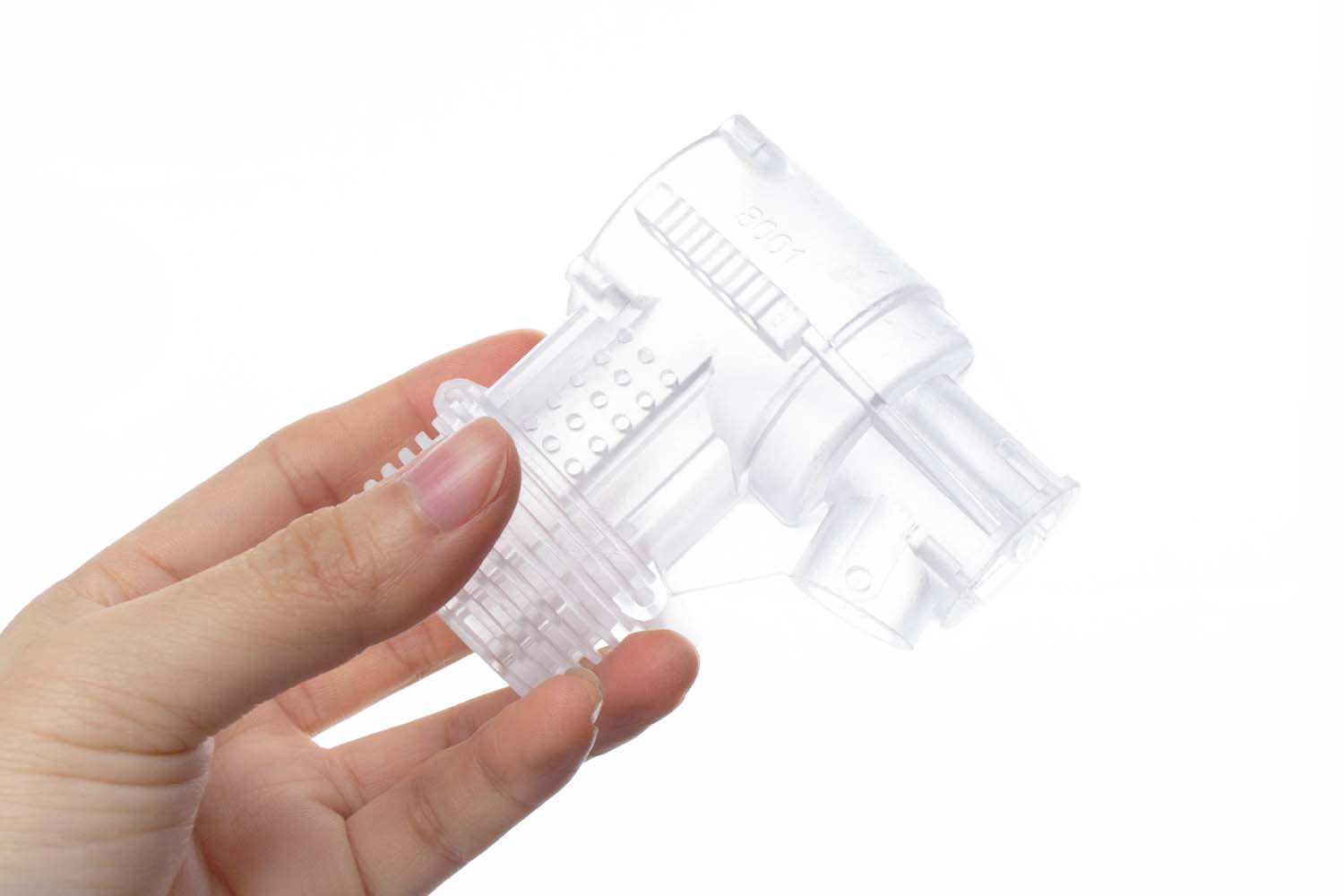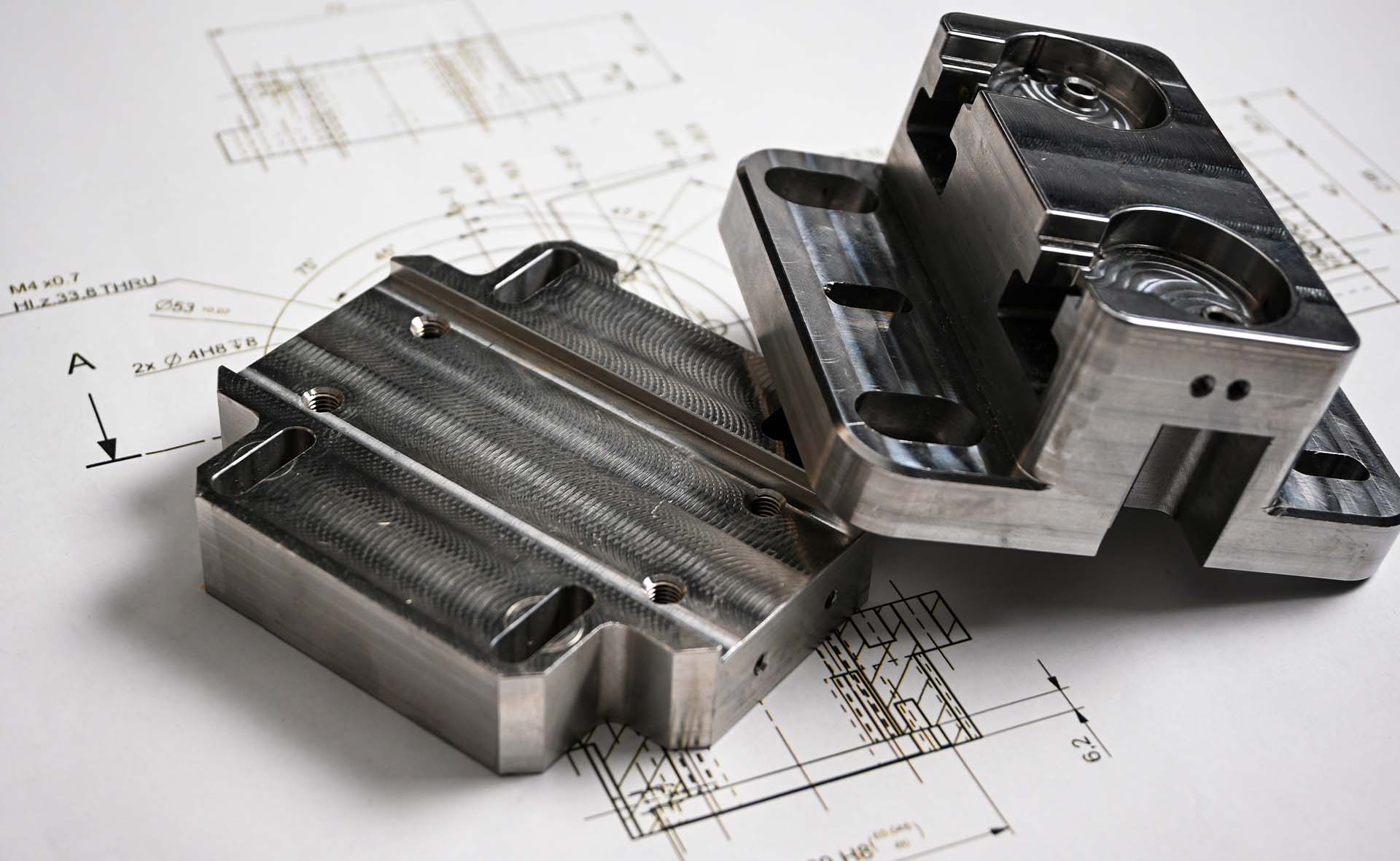When industrial manufacturers need aesthetic prototypes or non-functional end-use parts, they often hire a 3D printing service to build them using stereolithography, or SLA. Get to know more about SLA 3D printing, how it works, its advantages and disadvantages, and the wide range of materials and finishes it offers in this article.
Stereolithography (SLA) is the most common type of 3D printing services in use today. And for good reason: the resulting builds are highly detailed and aesthetic, while the process is cost-effective for low volume orders.

One of the reasons SLA has become so popular as a manufacturing method is because it’s versatile. It can print highly detailed and geometrically complex designs in a wide range of colors.
SLA is a method of 3D printing that is often used by industries such as automotive, consumer goods, medical, and jewelry to produce prototypes or non-functional end-use parts.
SLA printers uses a UV laser to solidify, or cure, layer after layer of resin into the shape of an object. The object is built according to a design that has been pre-programmed into a computer.
During SLA 3D printing with certain materials, such as transparent resin, the object is reinforced with support structures to help it achieve and maintain a certain shape. In post processing, when the part has cooled, the support structures are removed.
When it comes to range of materials, the SLA process is much more versatile than other 3D printing methods, like selective laser sintering (SLS).
| Material | Characteristics |
| Generic Resin |
|
| Transparent Resin |
|
| High Toughness Resin |
|
| High Temp Resin |
|
| Rigid Resin |
|
SLA 3D printing is often compared to digital light processing (DLP) 3D printing. Both use the same types of material – resin – and they are comparable to one another in resolution, precision, and surface finish. But they operate quite differently when it comes to how they cure the resin.
While SLA printers use UV lasers to “draw” the cross section of the 3D print on the layer of liquid resin, thus curing it, DLP printers use projectors to cure the entire cross section at one time.
Thanks to its laser-drawing curing method, SLA is better than DLP for producing large batches of parts at a fast rate. The projectors in DLP printers simply can’t cover as many objects at the same time as the lasers in SLA printers.
SLA parts are brittle and prone to curling. To ensure better part quality and a successfully print, it is important to design according to a set of recommendations. Find out how to design walls, mating parts, pins, overhangs and more, in our SLA 3D Printing Design Guide.
Due to its ability to produce high precision prints with fine details, SLA is most useful for manufacturing prototypes and models for all types of industries. For example, it can be used in the medical industry to produce models of human body parts, or even limited functional parts like dental retainers.
Stereolithography has other, more entertainment-based applications, as well. For example, it is an excellent method of producing action figures or game pieces.
